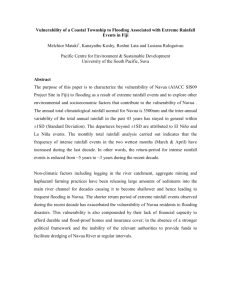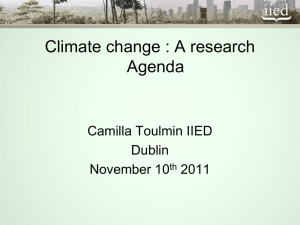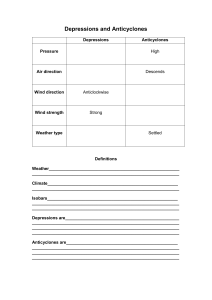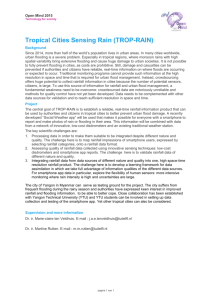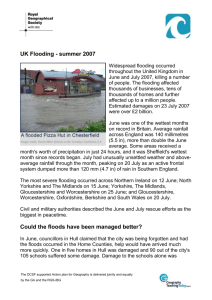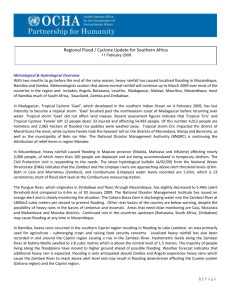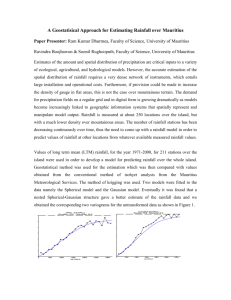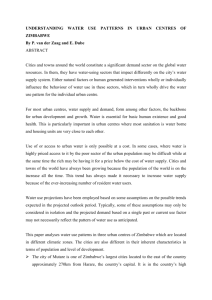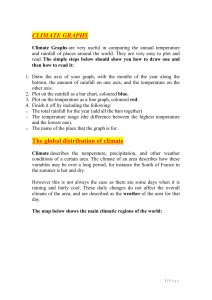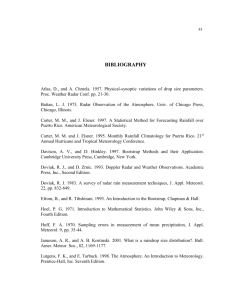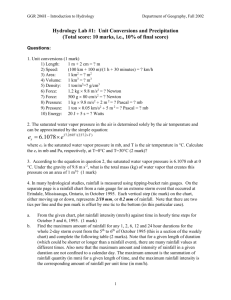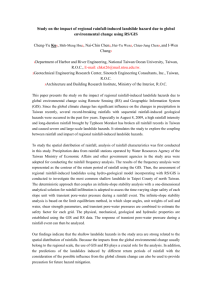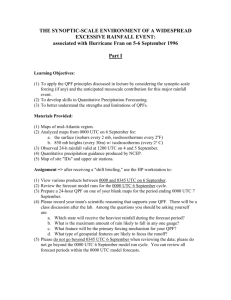Exam practice answers 3
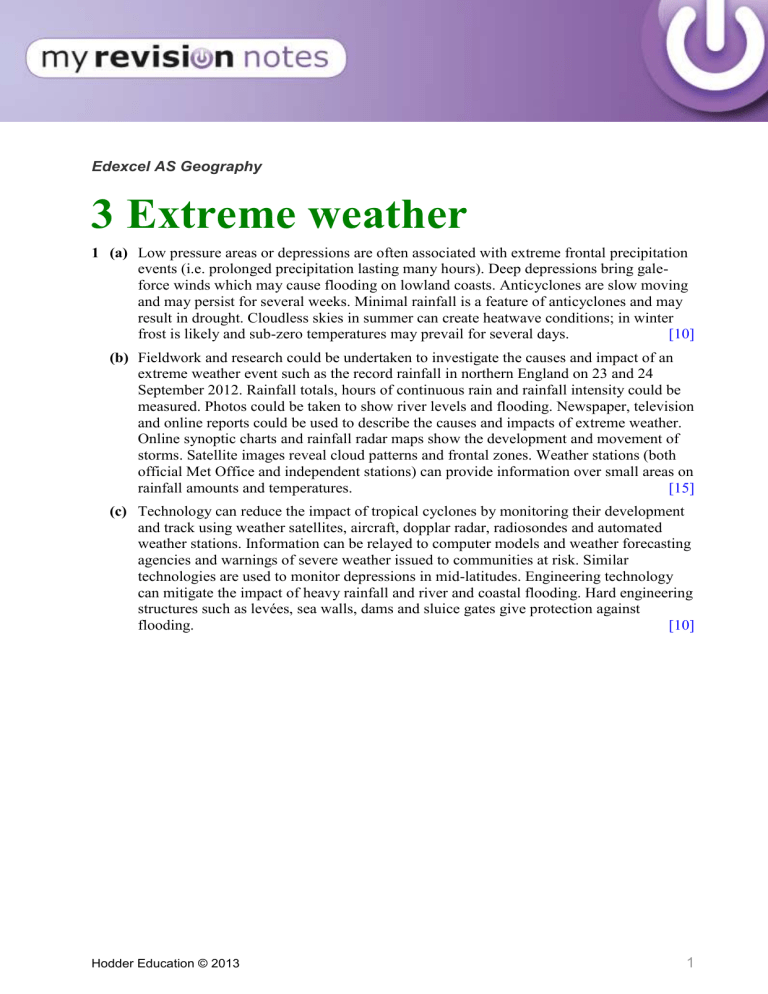
Edexcel AS Geography
3 Extreme weather
1 (a) Low pressure areas or depressions are often associated with extreme frontal precipitation events (i.e. prolonged precipitation lasting many hours). Deep depressions bring galeforce winds which may cause flooding on lowland coasts. Anticyclones are slow moving and may persist for several weeks. Minimal rainfall is a feature of anticyclones and may result in drought. Cloudless skies in summer can create heatwave conditions; in winter frost is likely and sub-zero temperatures may prevail for several days. [10]
(b) Fieldwork and research could be undertaken to investigate the causes and impact of an extreme weather event such as the record rainfall in northern England on 23 and 24
September 2012. Rainfall totals, hours of continuous rain and rainfall intensity could be measured. Photos could be taken to show river levels and flooding. Newspaper, television and online reports could be used to describe the causes and impacts of extreme weather.
Online synoptic charts and rainfall radar maps show the development and movement of storms. Satellite images reveal cloud patterns and frontal zones. Weather stations (both official Met Office and independent stations) can provide information over small areas on rainfall amounts and temperatures. [15]
(c) Technology can reduce the impact of tropical cyclones by monitoring their development and track using weather satellites, aircraft, dopplar radar, radiosondes and automated weather stations. Information can be relayed to computer models and weather forecasting agencies and warnings of severe weather issued to communities at risk. Similar technologies are used to monitor depressions in mid-latitudes. Engineering technology can mitigate the impact of heavy rainfall and river and coastal flooding. Hard engineering structures such as levées, sea walls, dams and sluice gates give protection against flooding. [10]
Hodder Education © 2013 1


